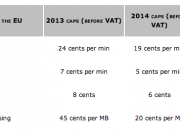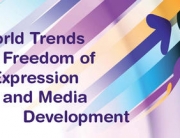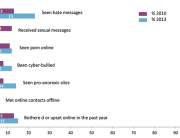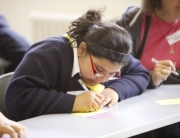by Alexandra Chernyavskaya
Last week at the Safer Internet Forum (SIF) in Brussels, Belgium, Professor Sonia Livingstone launched the final report of the EU Kids Online project, a four year project to survey young people’s internet use. The report outlines key findings from an extensive body of research carried out by the European Commission funded project.
As compared to 2010, the latest research revealed some changes in the way children interact online and what they encounter. More children are involved in a range of online activities including visiting social networking sites, using instant messaging and downloading music and video. There has been a sharp increase in the proportion of kids who view online video clips (32% in 2010 and 59% in 2014) and who post and share content with other users (6% in 2010 and 20% in 2014).
However, certain risks have also changed. Today, 11-16-year-olds are more likely than four years ago to be exposed to hate messages, pro-anorexia and self-harm content. Young people’s feedback about what upsets and bothers them online were very diverse. Top concerns voiced included encountering pornographic materials and real or realistic (as opposed to fictional) depictions of violence and cruelty. Still, online risks affect a minority rather than majority of young internet users.
You can find more information on EU Kids Online here.





































